C/2023 A3 is a short tail comet that appeared on 22 February 2023. It was observed coming towards Earth by ATLAS (Asteroid Terrestrial-impact Last Alert System) South Africa.
But if we go a little back in time then the same comet was also observed on 9th January 2023 by Purple Mountain Observatory and due to no-follow-up observations, the comet was considered lost.
However, the comet has recently caught ATLAS attention due to its re-appearance in the sky. The main hype for the comet is due to its potential to become a naked-eye object in October 2024.
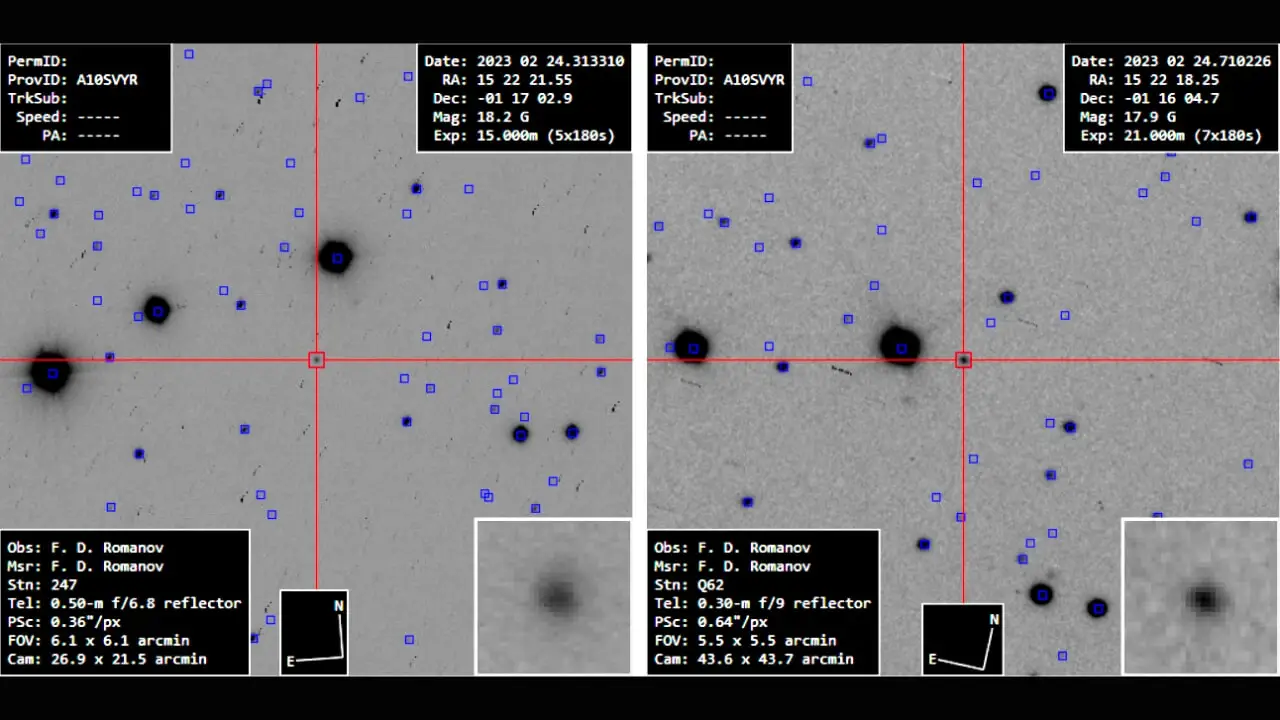
The comet has the potential to be brighter and more visible than any other star in the sky. However, right now the comet is faint as it has just 18-magnitude (just like a small seed in a fruit) residing in the constellation of Serpens.
Also Read: When will a black hole hit Earth?
Characteristics of C/2023 A3 (Tsuchinshan ATLAS)
- Full Name: C/2023 A3 (Tsuchinshan ATLAS)
- The Tsuchinshan ATLAS shines at 18th magnitude.
- It belongs to the constellation of Serpens Caput.
- The current distance of ATLAS is 670 million miles (7.2 AU), from the Sun.
- The maximum orbital speed: 67.33 km/s at perihelion.
- Inclination of the Comet A3: 139.12
- It has Turquoise colour that represents its path into the inner solar system.
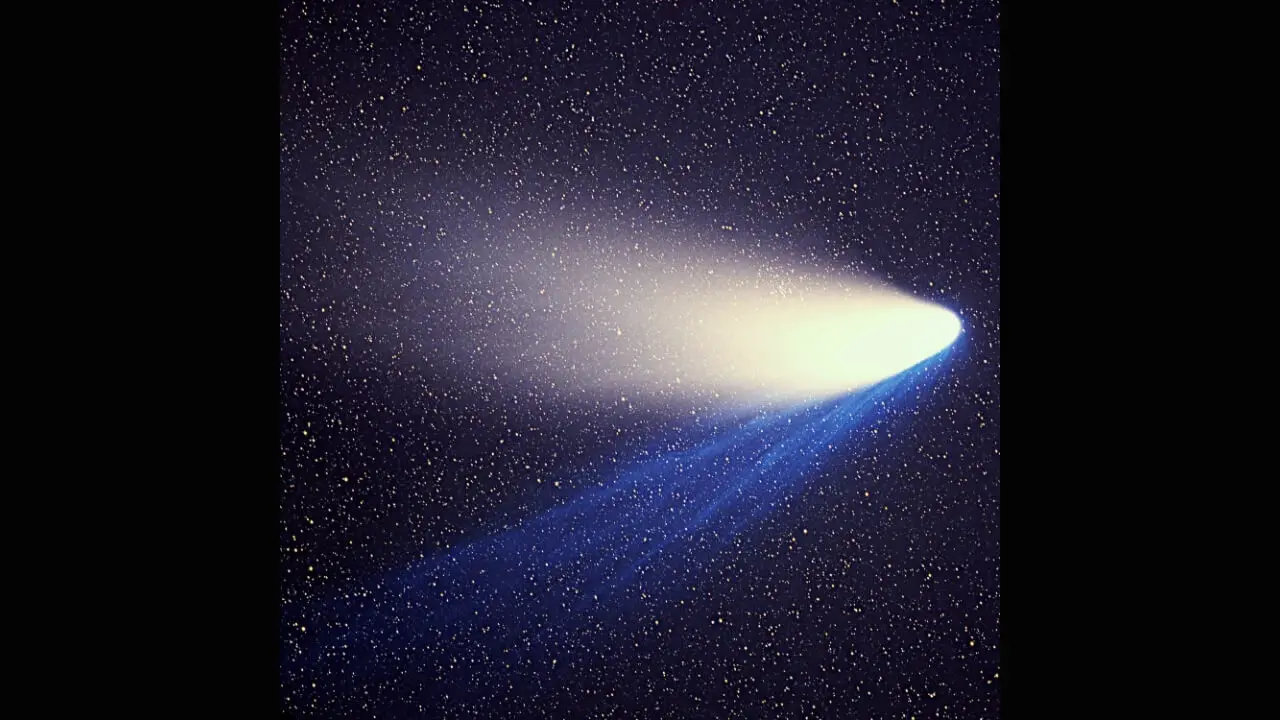
The Discovery of C/2023 A3 (Tsuchinshan ATLAS)
C/2023 A3 was first subsequently detected on 22 December 2022. The comet was seen in the images taken by ZTF (Zwicky Transient Facility), a camera in Palomar Observatory. These images taken by ZTF showed that it had a very dense coma and a short tail mainly of 10 arcseconds in length, confirming that it’s surely a comet.
Later on 9th January 2023, it re-appeared with an 18.7 magnitude. This time it was detected by Purple Mountain Observatory and was added to the list of objects waiting for confirmation. But due to no follow-up observations, it was decided to remove this comet from the list. On 30th January, it was removed from the list and was considered lost.
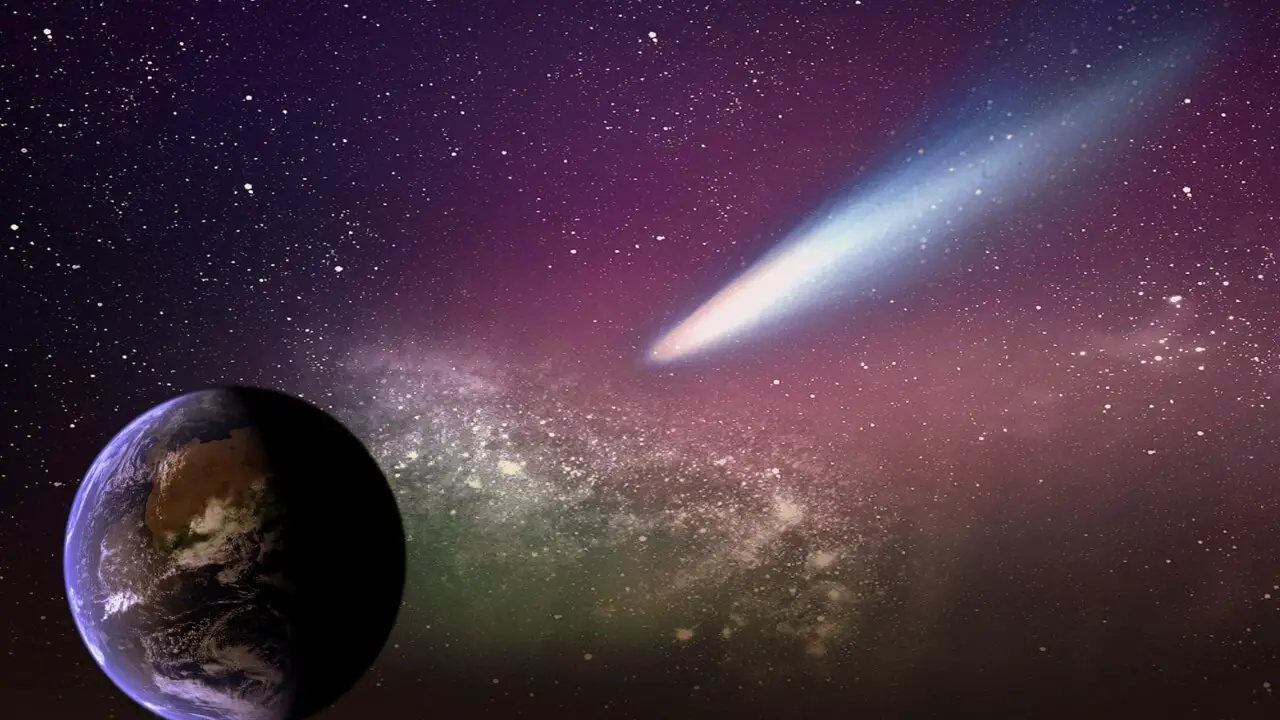
Again on 22nd February 2023, C/2023 A3 caught the attention of ATLAS South Africa which discovered this marvel using the 0.5-m f/2 Schmidt Reflector Telescope at the Sutherland Observatory in South Africa.
How Far is C/2023 A3 (Tsuchinshan ATLAS)?
Right now, the C/2023 A3 comet is 973 million kilometres away from Earth. It is just like a faint seed in the constellation of Serpens. Travelling in the elliptical orbit which means, the A3 comet will be a long-term visitor to our solar system.

Why is C/2023 A3 Generating Hype?
C/2023 A3 got all this attention and hype because it will be the next comet approaching Earth like other comets which previously occurred. For instance; the Comet Arend-Roland (1957), Comet Hale-Bopp (1977), and Comet McNaught (2007).
As far as we know by now, it is said that C/2023 A3 has the potential to be even brighter than Comet McNaught. But the truth is yet to be revealed.
When will C/2023 A3 become visible to the naked eye?
It takes 80, 000 years for comets like C/2023 A3 to complete one orbit. And according to the current data, C/2023 A3 is between the orbits of Jupiter and Saturn. By now, we can only see A3 through big telescopes.
However, on 28 September 2024, the comet will reach perihelion (the closest point to the sun in its orbit), 58 million kilometres away from the sun. And by early October 2024, it should start to be visible to small telescopes and even to binoculars.
🔬 Subscribe to SciMail
Get the latest science discoveries straight to your inbox!
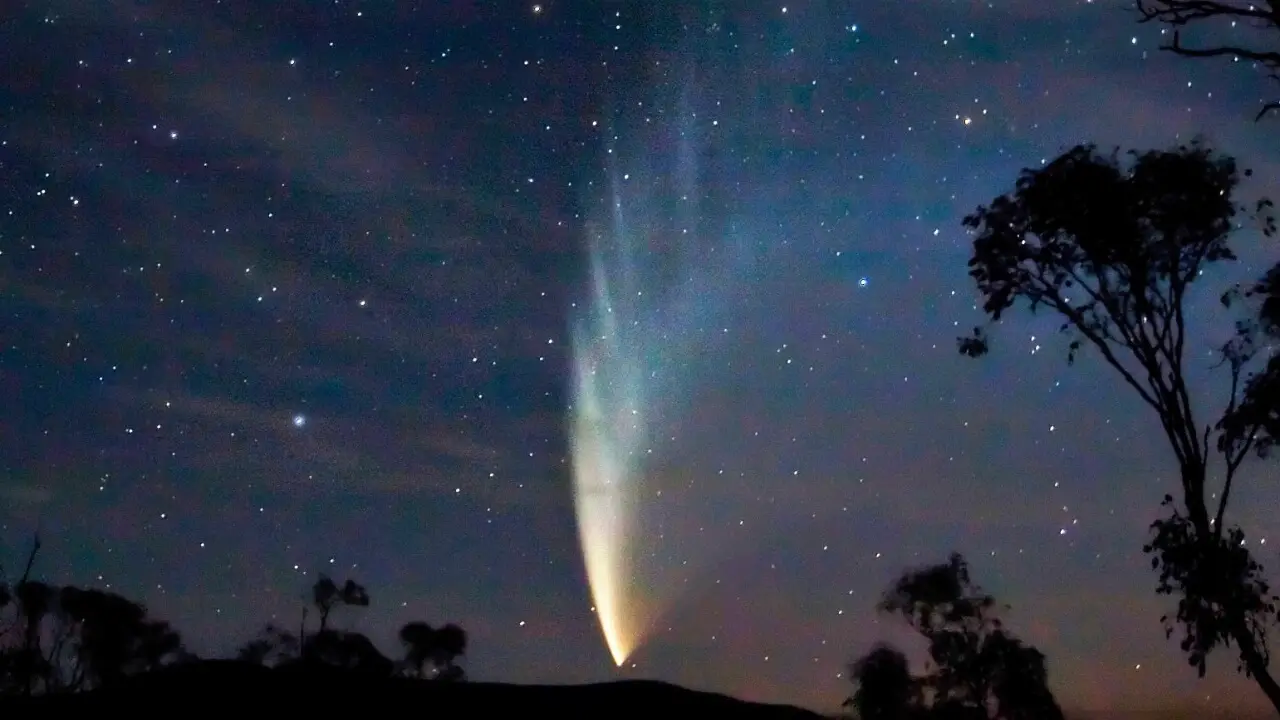
The closest approach of A3 to Earth will be on October 12-13, 2024. At that time the A3 will be at a distance of 70.7 million kilometres from Earth with magnitude 1 and will be visible to the naked eye in a dark sky at nightfall.
Then by mid-October 2024, it will start fading away and again, will only be visible by small telescopes and binoculars with magnitude 3.
What can we expect from C/2023 A3 as it approaches Earth?
A beautiful Sky Show at night! If the scuhinshan ATLAS makes it to the perihelion in mid october and doesn’t disintegrate from its path. The chances are, it will pass between the Sun and the Earth directly, giving us a great sight.
Moreover, “FORWARD SCATTERING” is the cherry on top, if the comet experiences forward scattering, it will make the comet even brighter giving it a long shiny tail.
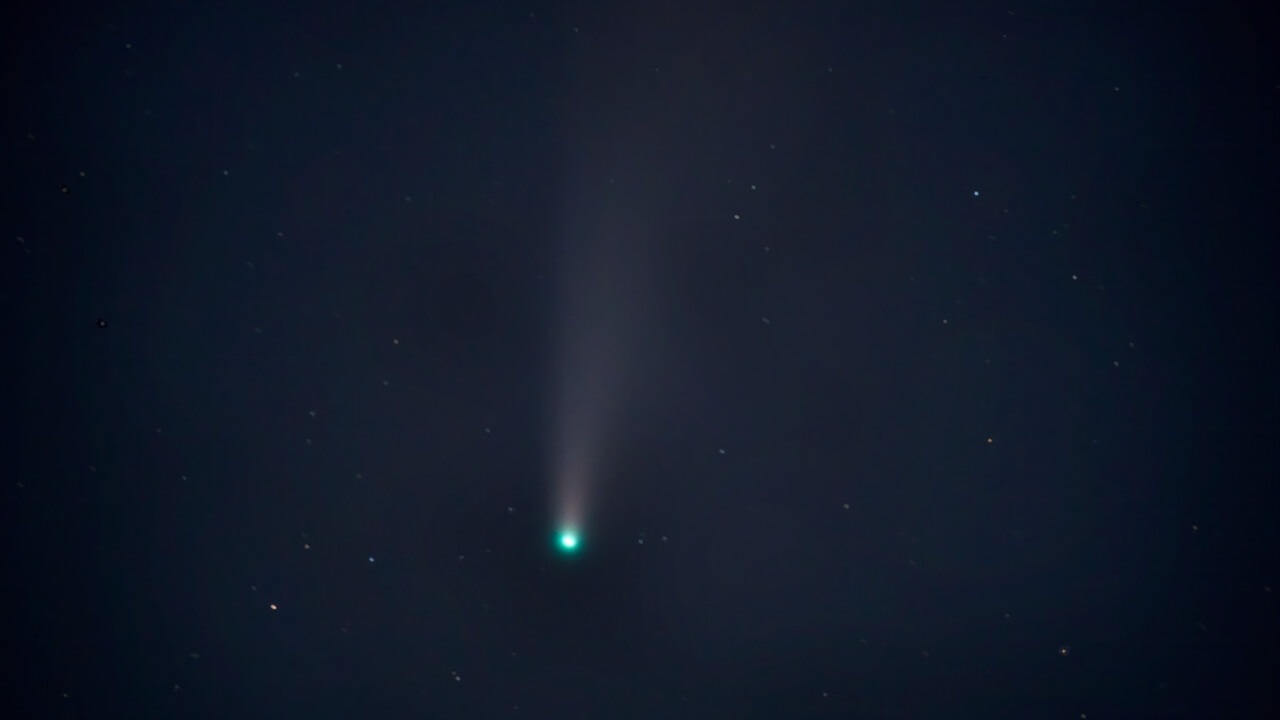
What are the potential risks of C/2023 A3 to Earth?
Since the comet A3 will be a lot closer to the Sun than the planet Venus, the potential risks include disintegration of comet A3 from its path. The reason behind disintegration is the closeness of the comet A3 to the Sun as it will be so close that it will be passing through the orbit of Mercury during perihelion.
Also Read: What if an asteroid hits earth?
And if it does not survive during perihelion, we all will be left with such disappointment. However, if it survives perihelion then the chances are higher that we will have a great sight at night in October 2024.
Due to its high speed the comet A3 will be high in the sky during October with a -0.2 magnitude and will also be too close to the eastern horizon during its closest approach to Earth. So it will be much easier for us to spot it in the western sky.

What if C/2023 A3 (Tsuchinshan ATLAS) does not meet our expectations?
C/2023 A3 is a new comet, arriving for the first time from the Oort Cloud (A spherical Shell of icy space debris). The comet has never passed near the sun before which means no heat from the sun ever approached the comet.
Due to this, it is highly possible that A3 is coated with material like carbon dioxide, carbon monoxide and nitrogen ice, this ice from the comet can vaporise and may give a sudden spike to it. Such spikes can cause a sudden flare in such comets also causing a sudden raise of expectations but later then these comets fade away when they reach the perihelion.
Based on these observations, it looks like this comet may not be able to meet our expectations. However, this is not true because, before the A3 comet, we had Comet Hale-Bopp (1977) which was of the same category as C/2023 A3. Yet it showed a spectacular show in the night sky.
It concludes that we should not give up on our hopes and wait for it to work because if the A3 comet is dusty and has a significant dust tail, then there are higher chances that we could have some significant forward scattering during October 2024.


Leave a Reply